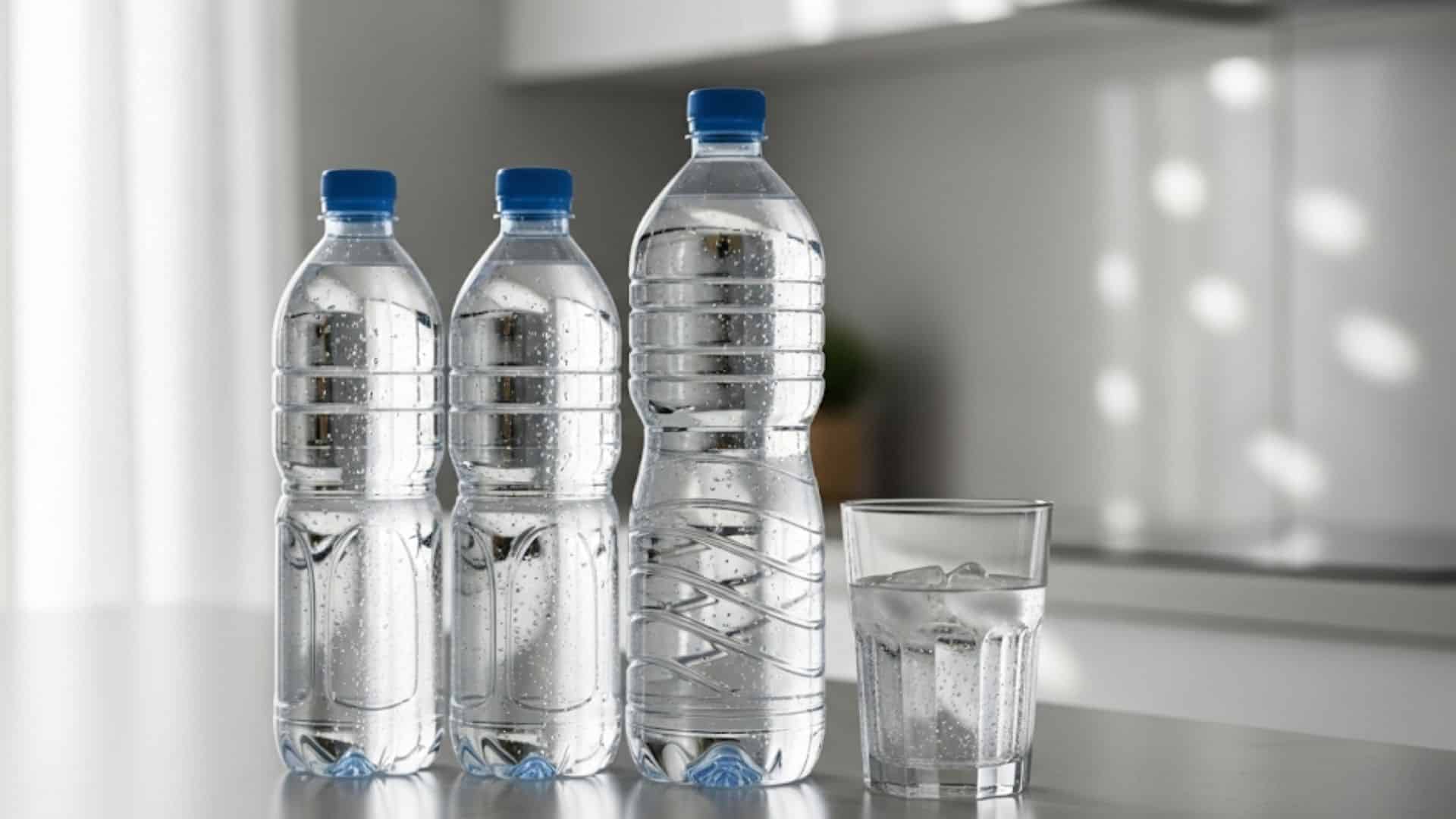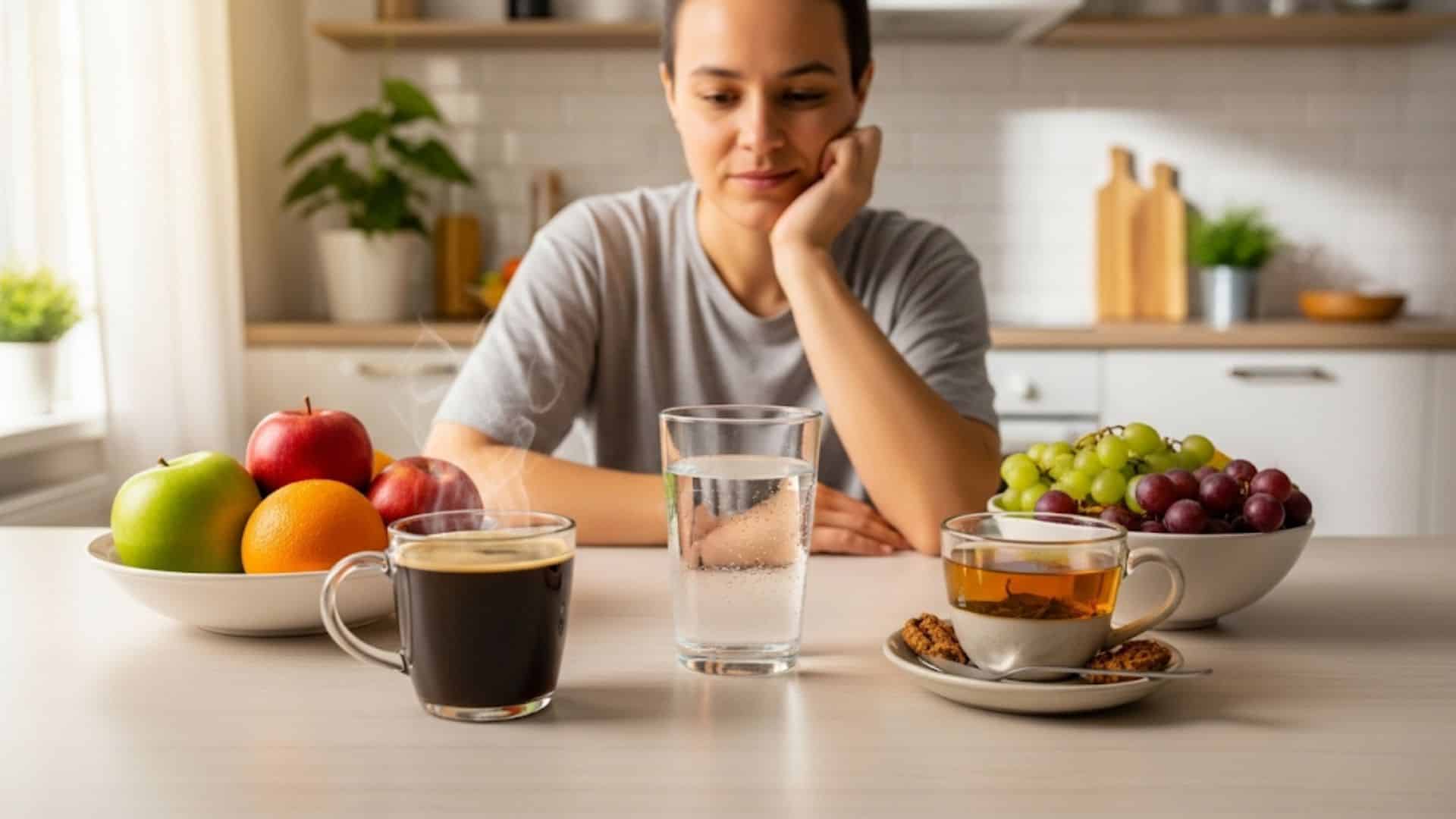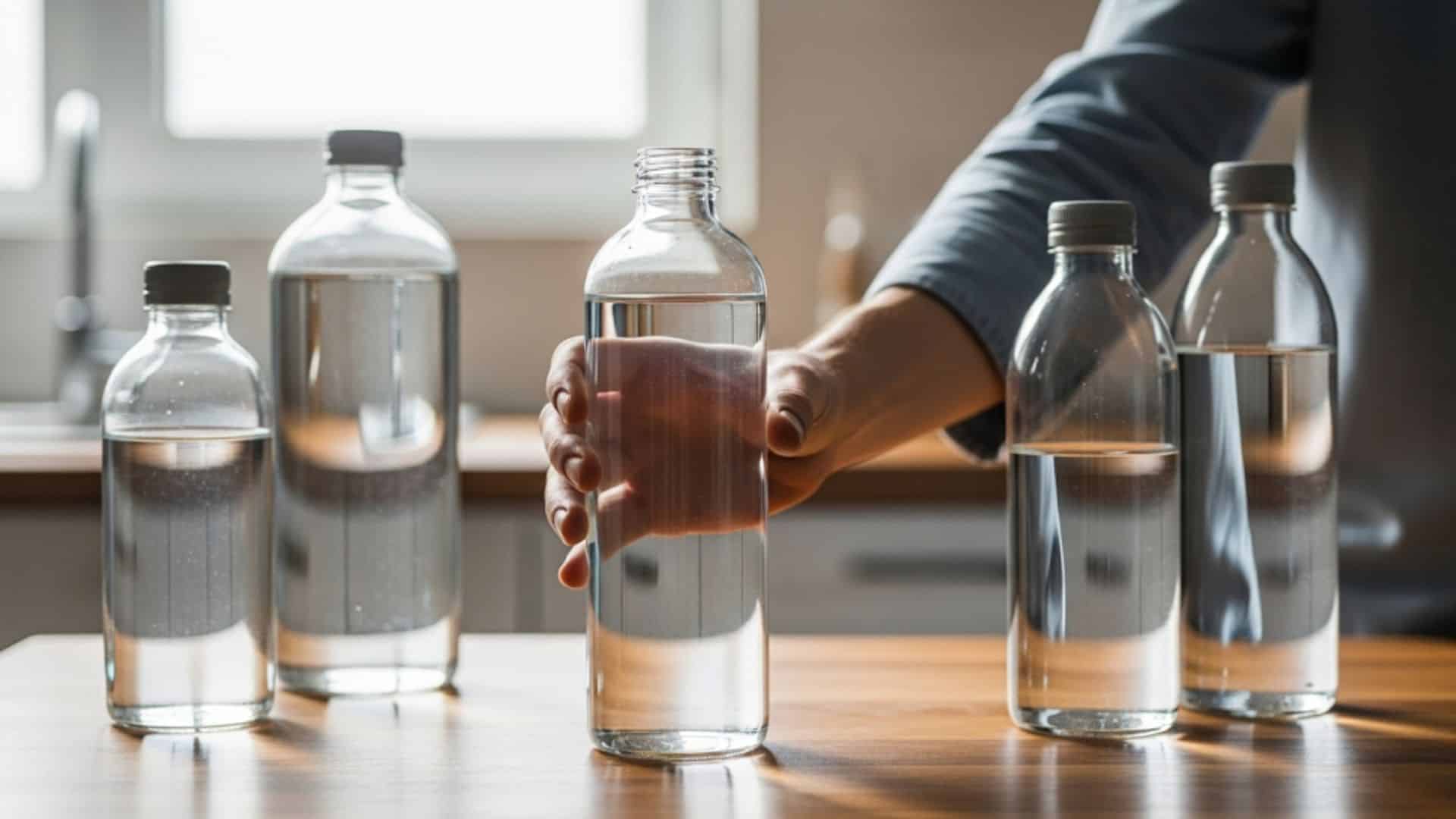Do you find yourself guessing how many water bottles a day you should actually drink? Most people walk around slightly dehydrated without even realizing it affects their energy and mood.
I used to think I was drinking enough until I started paying attention. Turns out, I wasn’t even close. Once I figured out how many bottles I really needed, I felt more awake, less tired, and with fewer headaches.
The truth is, your water needs depend on your body, your day, and even the weather. But the good news? It’s not hard to figure out.
I’ll walk you through it in a simple way; no charts, no math. It’s easy, and it works. Let’s find your number together.
Why Daily Water Intake Matters
Water keeps your body running smoothly and affects how you feel every single day. Your energy levels drop quickly when you don’t drink enough fluids throughout the day.
Proper hydration helps your stomach digest food better and keeps your skin looking healthy. Your organs need water to filter waste and transport nutrients to where they’re needed most.
Dehydration shows up as headaches, tiredness, dark yellow urine, and dry mouth or skin. Many people struggle to track the amount of water they actually drink during busy days.
Water bottles with measurements make it easy to see your progress and stay on target. You can refill the same bottle multiple times and accurately track your consumption. This simple tool removes the guesswork from staying properly hydrated.
How Many Water Bottles a Day is the Recommended Amount?

A common guideline for daily water intake is to drink about 8 glasses or nearly 2 liters. This equals roughly four 500ml bottles or two 1-liter bottles.
The World Health Organization (WHO) stresses the importance of drinking enough water to keep your body working well and avoid dehydration.
Bottle sizes vary: 500ml is about 16.9 ounces, and 1 liter is about 33.8 ounces. Your water needs may change based on your size, activity, or environment.
In short: drink about 4 small bottles or 2 large bottles daily to stay hydrated. This information follows the Mayo Clinic.
Factors That Affect How Many Bottles You Need

I recommend figuring out how many water bottles to drink a day by looking at several personal factors that affect your hydration needs.
These key elements help determine the right daily water bottle amount for your lifestyle:
1. Age and Gender
Adults and children have different water needs. Men generally need more water than women because of larger body size and muscle mass. Children require less water but need enough to stay hydrated for growth and play.
Older adults may need to drink more water as their sense of thirst can decrease with age. These recommendations are supported by health experts and organizations like the CDC and Mayo Clinic.
2. Activity Level
Being active or an athlete increases how much water your body needs. When you exercise, you lose water through sweat, so it’s important to drink extra water.
The more you move and sweat, the more you should hydrate. This helps keep your energy up and prevents dehydration, which can cause tiredness and cramps during exercise.
3. Climate and Environment
Hot or humid weather makes you sweat more, so you lose water faster. In such climates, you need to drink more water to replace what’s lost. Cold weather can also dry out your skin and body, requiring more fluids.
High altitudes, too, increase water needs due to faster breathing. Always adjust your water intake based on where you live or travel.
4. Health Conditions
Certain health conditions change how much water you need. Pregnancy and breastfeeding increase water needs to support your baby and body changes. Illnesses like fever, diarrhea, or vomiting cause fluid loss and need extra drinking.
Some medical conditions require careful monitoring of water intake. Always check with your doctor if you’re unsure how much water to drink.
How Many Water Bottles a Day Should You Drink for Different Goals?
Different people have varying water needs based on their specific health goals and life circumstances.
Use these recommendations as starting points to find what works best for your situation:
| Goal | Daily Water Intake | Bottles (500ml) | Additional Notes |
|---|---|---|---|
| Weight Loss | 2-3 liters | 4-6 bottles | Drink before meals to reduce calorie intake |
| Fitness/Athletes | Base intake + 500ml-1L per hour of exercise | Add 1-2 bottles per workout hour | Focus on electrolyte balance too |
| Kids and Teens | 1-1.5 liters | 2-3 bottles | Amount varies by age and activity level |
| Seniors | 1.5-2 liters | 3-4 bottles | Thirst cues weaken with age |
| Hot Weather | Normal intake + 500ml-1L | Add 1-2 extra bottles | Replace fluids lost through sweating |
These amounts serve as general guidelines that you can adjust based on your personal needs.
Always listen to your body and consult healthcare providers if you have specific medical conditions affecting hydration.
Easy Ways to Track Your Daily Water Intake
Staying on top of your water intake becomes much easier with simple tracking methods. These practical approaches help you monitor your daily hydration without making it feel like work:
- Keep a rubber band around your bottle and move it each time you finish drinking
- Fill multiple bottles at the start of your day and finish them before bedtime
- Try water tracking apps like Plant Nanny, which sends notifications and logs your daily water consumption automatically.
- Use a large gallon jug with hourly marks to see your progress throughout the day
- Create a simple tally chart on paper and mark off each bottle as you complete it
These tracking methods take just seconds but make a huge difference in reaching your goals. Pick the method that feels most natural for your daily routine and lifestyle.
Common Myths About Daily Water Intake

Many people believe false information about daily water consumption that can affect their health choices. I’ll help you separate fact from fiction about proper hydration and debunk these widespread misconceptions:
- Everyone needs to drink 8 glasses of water a day: The amount of water you need depends on your age, size, activity, and climate. Drinking when thirsty is usually a better guide.
- Only plain water counts toward hydration: Other drinks like tea, milk, and water-rich fruits also hydrate your body well. They all count toward your daily fluid intake.
- You can’t drink too much water: Drinking too much water can lead to hyponatremia, a drop in sodium levels that can cause confusion, headaches, and more serious problems.
- Coffee and caffeine cause dehydration: Moderate amounts of coffee or tea do not dehydrate you. They still count toward your daily hydration needs.
Final Thoughts
Now I’ve got a much better idea of how many water bottles a day really work for me and you can too. Once I started paying attention to my daily habits, staying hydrated got way easier.
Just remember, your needs will change depending on your workouts, the weather, or even how you’re feeling that day. Don’t stress about getting it perfect, just listen to your body and stay consistent.
I found that simple tracking helped me drink more without overthinking it. You don’t need charts or apps, just a plan that works for your routine.
Feeling more awake, focused, and healthy is worth it. Let me know in the comments which method you’re going to try first; I’d love to hear what works for you!





